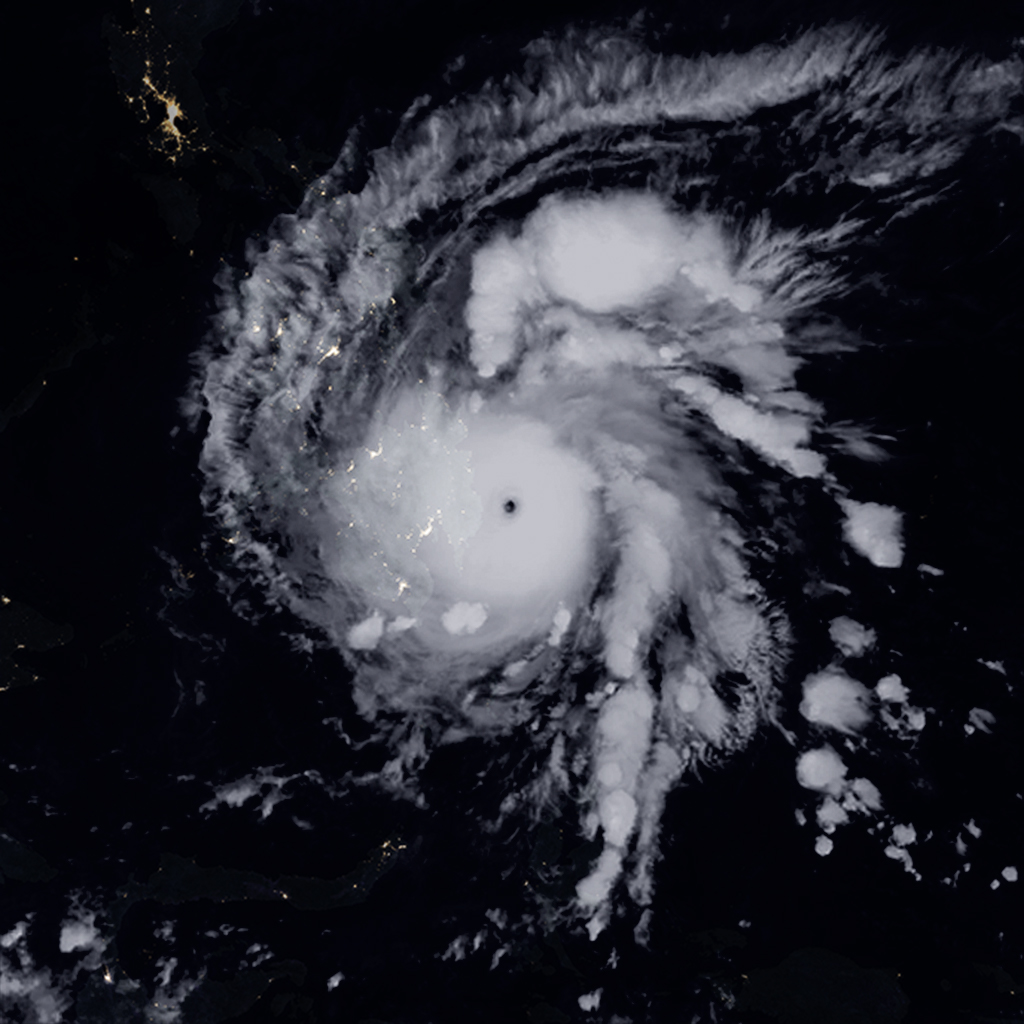Remembering Typhoon Bopha

It’s been now 8 years since Typhoon Bopha made landfall in the Philippines, over Banganga, Mindanao. The typhoon had maximum winds of 175 mph (280 km/h) and a minimum pressure of 911 millibars. It brought torrential rains that flattened entire villages, leaving thousands homeless, as well as washing out roads and bridges needed by rescue personnel trying to reach stricken regions of the island.
The storm was first seen near Pohnpei, which is near the equator. It organized quickly while moving westwards, being designated as Tropical Depression 26W on November 25, 2012. The depression then intensified to a tropical storm a day after the designation, being named as “Bopha”. Bopha then intensified to a category 4 super typhoon, while developing a pinhole eye, and undergoing an eyewall replacement cycle. While undergoing the cycle, the system then passed near Palau, when the storm caused $10.1 million in damages on the island alone.

After completing the cycle, Bopha then explosively intensified into a category 5 super typhoon, peaking at 175 mph, and a minimum pressure of 911 millibars, and then making landfall over Mindanao in peak intensity. Bopha will then weaken after emerging from the island, then make landfall in Palawan, weaken to a tropical storm briefly, before explosively intensify again into a 130 mph category 4 typhoon in the South China Sea, then weaken rapidly on approach to Luzon, and become a remnant low on December 9.
Bopha will then cause ₱43.2 billion ($1.06 billion) in damages, with 1,067 dead, with most in Mindanao, where floods and landslides caused major damages. The name Bopha will get retired and get replaced with the name Ampil, which was used in 2018; the Philippine name for Bopha, Pablo, was also retired and replaced by Pepito, which was used in this year 2020, as the local name for Typhoon Saudel.
